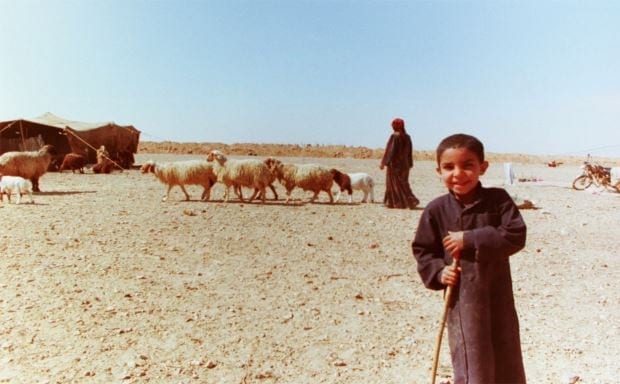
24 Feb Off the Beaten Track: The antiquities of Syria
A country of fertile plains, high mountains, and deserts, Syria is home to diverse ethnic and religious groups, including Syrian Arabs, Greeks, Armenians, Assyrians, Kurds, Circassians, Mandeans and Turks. Religious groups include Sunnis, Christians, Alawites, Druze, Mandeans, Shiites, Salafis, and Yazidis. Sunni Arabs make up the largest population group in Syria. The country certainly provides an accumulation of integrated experiences across cultural & social heritage, archaeological and anthropological landscapes.
For me it was the late 90’s and our first local bus taking us to the ancient town of Palmyra was noted as being riddled with bullet holes, but this did not overshadow how hospitable the locals were or how harsh it must be for the roaming Bedouins we witnessed (and met) on our journey trekking in the scorching Syrian desert.
Motorbikes, cart drawn donkeys and tractors became other modes of transport to get into the more remote regions of this captivating country. Learning more about the Bedouin life and general economy in the back pockets of Syria provided providence greater than text books. One Bedouin we met had 1 wife, two teeth, 9 kids, 50 fat tailed sheep, several goats and a few chickens. They had been pushed further into the desert by the French and their wealth slowly being stripped. Hay and grain assist in providing nutrition for animals and humans, but otherwise it is a subsistence lifestyle living off self-made yoghurt, milk, cheese etc.
Accommodation was a montage of ancient ruins, castle kitchens, Bedouin camps and natural earth laden nooks the Bedouins use during their nomadic travels. The ancient hidden tombs of Al Bezeir provided us sanctuary during one of the nights learning that hyenas still sought easy prey. Seeking high ground and lighting a fire became mandatory when sleeping rough.
This is all but a small taste of the architectural, social and cultural mystery that embalms Syria. It was also a pocket in time of relative calm, peace and tranquility. But when these days’ return, Syria certainly qualifies for an “Off the Beaten Track” adventure.



Sorry, the comment form is closed at this time.